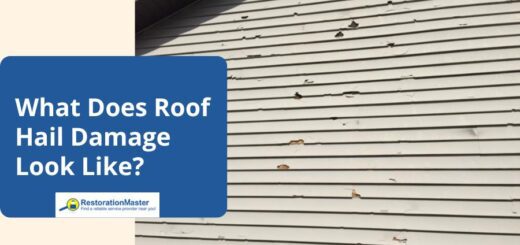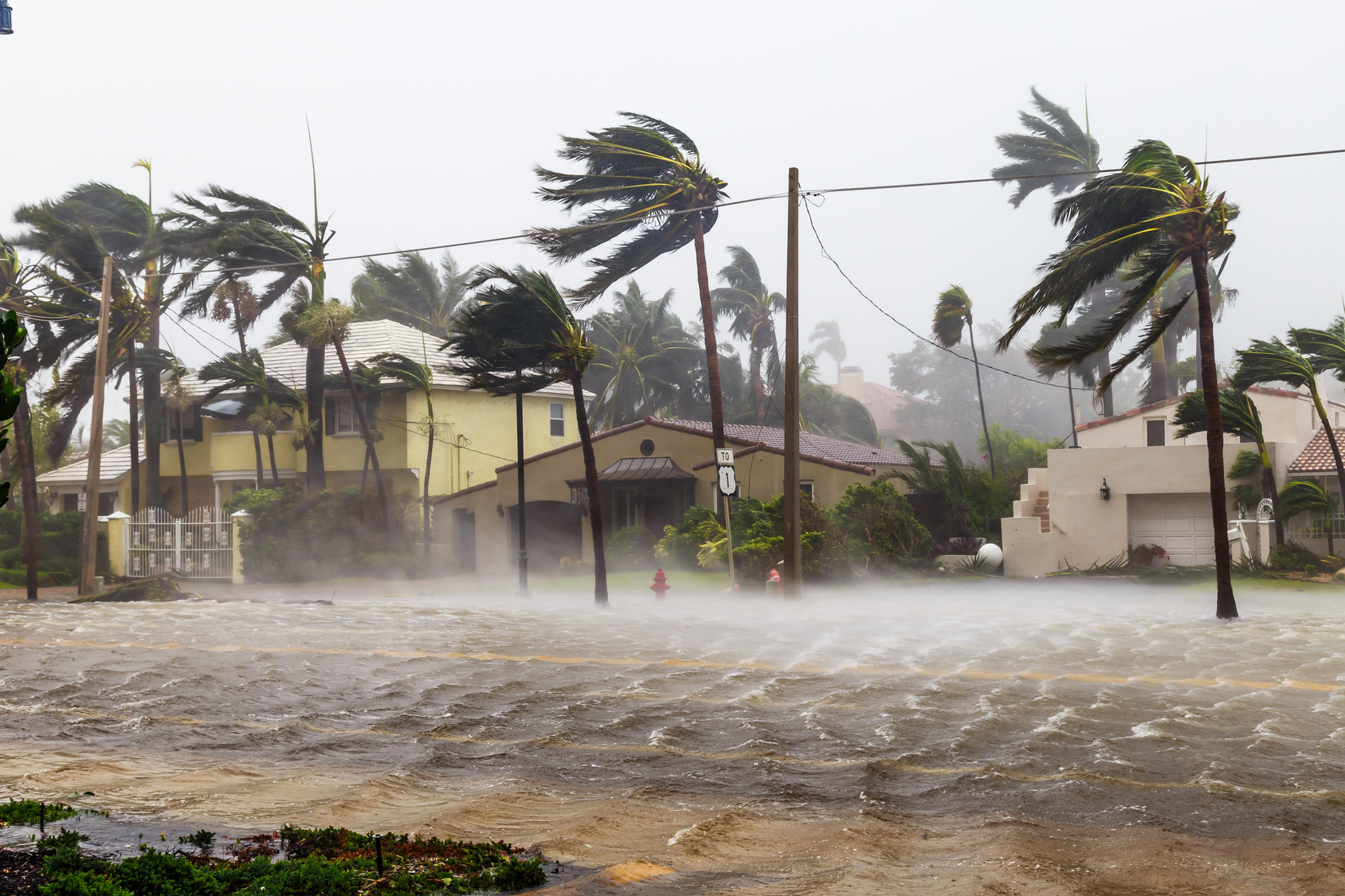When Does Your Home Need Reconstruction After a Natural Disaster?
Natural disasters can devastate entire communities and leave homeowners needing to make major decisions in relatively short periods of time. Reconstructing the home in the immediate aftermath of a disaster is one important question homeowners must ask themselves and answer.

What kinds of natural disasters affect homes?
- Hurricanes can destroy coastline properties within minutes. Coastal areas are exposed to tropical storms and hurricanes of all categories. Homeowners who choose to live along the coast are urged to understand the hurricane risks for their area. Online records indicate where hurricanes have hit.
- Wildfires are another type of common natural disaster that can send homes crumbling into cinders. Areas that are especially vulnerable to wildfires are those that are hot and dry. Areas scattered with fallen timber and woodlands are also threatened by wildfires.
- Earthquakes can be mild or severe. As the earth’s tectonic plates shift, homes can undergo severe damage. The intense shaking that results during a major earthquake destroys not only the residential property itself, but the belongings inside. FEMA earthquake maps pinpoint vulnerable areas.
- FloodingFlooding is the overflow or accumulation of water in areas t... More is a natural disaster that is most likely to occur in areas located in a flood zone. However, since rainfall occurs anywhere on earth, all geographic areas in the world are vulnerable to floods. FEMA flood map service is helpful for gauging areas that are likely to flood.
- Tornadoes can ravage homes in the Midwest. Properties that are built in Tornado Alley, especially, are susceptible to the severe damage that tornadoes can cause. Homeowners in this area are advised to know their risks and take precautions to protect themselves from this natural disaster.

What types of damages occur to homes?
While strong hurricane winds can destroy homes, so too can the accompanying storm surges. Significant flood damage is an outcome of hurricanes. Hurricanes can also cause tornadoes. The double threat can result in major damage or the total and complete loss of properties.
Water damage from hurricanes or floodingFlooding is the overflow or accumulation of water in areas t... More is just one part of the problem. The related issue that requires costly repairs is moldMold is a type of fungus that grows in damp or humid conditi... More growth. After a fire, the sootSoot is fine black particles composed of carbon and other ma... More and smoke must be cleared out to prevent permanent damage. Smoke odors, too, must be removed for the home to be habitable.
Is reconstruction needed after a natural disaster?
As is clear from the above, natural disasters of any form can cause severe and total destruction to a home. Homeowners must decide whether to stay and reconstruct the property or leave the area in an effort to prevent themselves from becoming a victim to the next disaster.
The decision to rebuild or move after a disaster is a difficult one to make. But individual homeowners are not the only ones choosing. Multiple homeowners are in the same boat, trying to determine whether or not rebuilding the entire community is worth the exorbitant cost.
While scientists argue that rebuilding in high-risk areas is a waste of money and puts people’s lives at risk, others are in favor of keeping communities together. Since nearly 30 percent of Americans live on the coastline, leaving their homes would be a massive logistical challenge.

Homeowners who intend to stay and reconstruct after a natural disaster are advised to consider their risks. An informed decision takes into account several factors, such as whether or not the homeowner who lives in a high-risk area can survive another disaster.
RestorationRestoration is the process of returning a property to its pr... More can be successful in the wake of a natural disaster when the home suffers only cosmetic damage. In such properties, a total lossA total loss is a situation where a property or item is so s... More has not occurred. Disaster restorationRestoration is the process of returning a property to its pr... More may include water damage restoration, mold remediationMold remediation is the process of identifying, removing, an... More, or rebuilding parts of the home.
Repairs will be increasingly difficult in proportion to the devastation the property undergoes. The greater the structural damage, the more challenging the restorationRestoration is the process of returning a property to its pr... More will be. RestorationRestoration is the process of returning a property to its pr... More costs will also be higher. A partially damaged home can be rebuilt but must have structural integrity.
Making the decision to reconstruct the home will include an assessment of the costs of reconstruction. Homeowners must assess the degree of damage as well as the estimated repairRepair is the act of fixing or restoring damaged property, m... More costs. Homeowner’s insuranceHomeowner’s insurance is a policy that provides financial ... More can help with the rebuilding, but the insurance policy must cover the damages.
However, when it comes to insurance, a homeowner who files too many claims after multiple natural disasters can be dropped by the insurer. The insurance company can deem the property an unacceptable risk and either raise the premium or cancel the policy.
When homeowners decide to reconstruct, they must realize the community may no longer be the same. Neighbors will move; schools and hospitals may suffer too many losses to rebuild; and public utilities may not be restored. First responders, from fire officials to police, may not even return to work.

Homeowners who decide to stay and reconstruct after a natural disaster may find restorationRestoration is the process of returning a property to its pr... More services to be in high demand. It’s important for homeowners to research potential local disaster restoration services carefully and choose a reputable provider.
RestorationRestoration is the process of returning a property to its pr... More crews will arrive at your damaged home to assess the extent of destruction. They begin work right away, stabilizing and repairing the exterior of the home to minimize further devastation, such as from inclement weather, vandals, and pesky animals.
RestorationRestoration is the process of returning a property to its pr... More technicians have the professional expertise to fully rebuild your home. They are skilled in general contracting, repairRepair is the act of fixing or restoring damaged property, m... More and restorationRestoration is the process of returning a property to its pr... More of woodwork, framing and carpentry, drywall removal and installation, roof and siding repairRepair is the act of fixing or restoring damaged property, m... More as well as painting and wallpapering.
The construction professionals provide comprehensive restorationRestoration is the process of returning a property to its pr... More services. Whether your home requires simple reconstruction or complete fire damage restorationFire damage restoration is the process of repairing and rest... More, you can count on experienced crews to return your home to its pre-loss condition quickly and efficiently.












